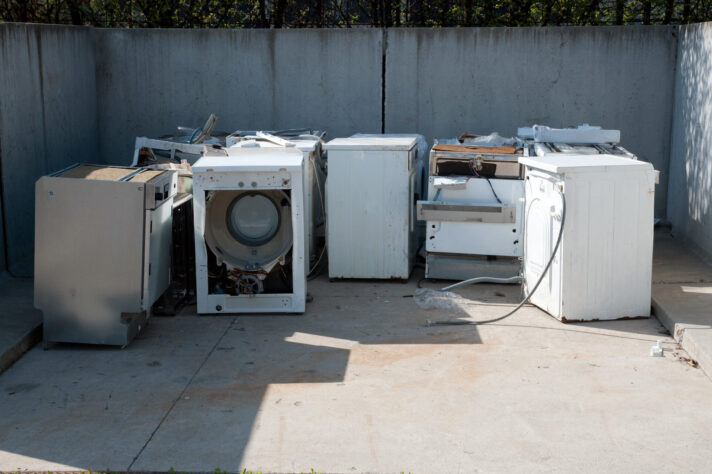When preparing to transport a mower, it’s important to ensure its safe transit. If you prefer not to handle the process yourself, consider hiring a reliable relocation company that specializes in moving heavy equipment. However, if you decide to transport it yourself, take precautions such as disconnecting the spark plug wire, tilting the machine onto its side, and securing it with straps or bungee cords. Remember to drive cautiously to prevent any damage or accidents during the journey.
Moving the Lawn Mower: A Comprehensive Guide
Embarking on an epic journey with your trusty grass-whisperer? Get ready for an adventure like no other! In this comprehensive guide, we’ll unveil the secrets of moving the lawn mower cross country, transcending mere landscaping to conquer new horizons. From scenic landscapes to interstate highways, we’ll navigate through the intricacies of long-distance relocation. Discover ingenious tips and tricks to ensure a seamless voyage with minimal bumps and zero mower meltdowns.
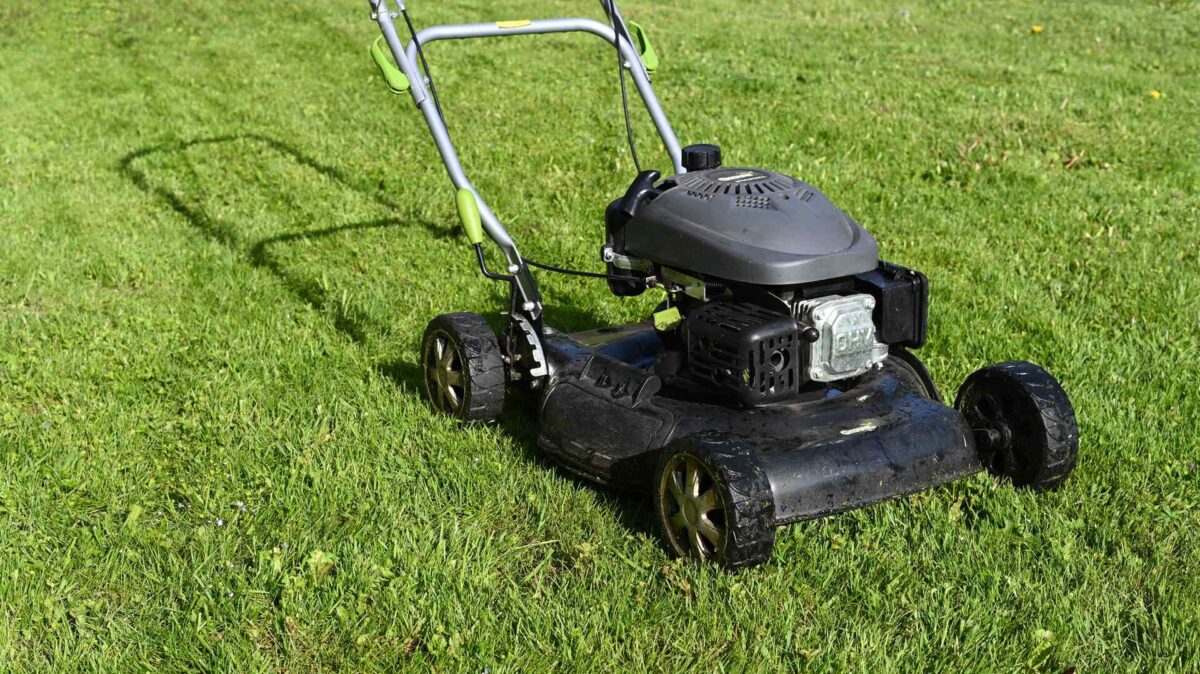

Preparing Your Lawn Mower for Relocation
Are you ready to give your beloved lawn mower the VIP treatment it deserves? As you gear up for an exciting relocation, let’s dive into the world of moving mowers and sprinkle in some fun facts along the way! Did you know that the average mower can clock speeds of up to 5 mph? That’s one speedy garden companion!
Now, let’s get down to business. Before you embark on this grassy adventure, make sure to follow our moving guide to a T. Don’t fall into the trap of common moving mistakes, such as forgetting to drain the fuel or neglecting to secure loose parts.
Protect your prized possession from bumps and jolts by wrapping it snugly in moving blankets or bubble wrap. Move safely and keep your gardening grooming tool in tip-top shape throughout the journey. Your yard will thank you for it!
Cleaning the Lawn Mower
Before your mower embarks on its grand adventure, it deserves a move-out cleaning fit for a superstar! Start by removing any debris and grass clippings that have accumulated in its nooks and crannies. Give the undercarriage a thorough scrub to ensure no remnants of past mowing sessions hitch a ride.
Cleaning the blades is of utmost importance, too, as sharp and debris-free blades guarantee a smooth mowing experience in your new location. While you’re at it, take a moment to inspect the blades for any signs of damage or wear.
Remember, moving out for the first time can be scary, but keeping the gardening tool clean and well-maintained is the key to success. So, embrace the “what to keep” mindset and bid farewell to dirt and grime. Your machine will thank you with lush, pristine lawns in the future!
Here is a video on how to safely clean your this gardening tool:
Draining Fuel and Oil
Safety first, mowers! When it comes to relocating mowers, draining fuel and oil is a crucial step that should not be overlooked.
Picture this: you’ve meticulously planned a relocation, packed up your belongings, and loaded large items onto the moving truck. But suddenly, disaster strikes because you forgot to drain the fuel and oil from your mower. Avoid this potential nightmare by following these safety precautions.
Start by locating the fuel and oil caps and carefully remove them. Using a suitable container, carefully drain the fuel and oil. Remember to wear protective gloves and goggles to shield yourself from any spills or splashes. Once drained, dispose of the fuel and oil properly, adhering to local regulations and guidelines.
Improper disposal can harm the environment, so do your part in being a responsible mover. By taking these steps, you’ll ensure a smooth and worry-free journey without any fuel or oil mishaps along the way.
Checking and Securing Loose Parts
Let’s face it – relocating can cause some anxiety about the safety of your precious possessions. But fear not, for we’re here to tackle the task of checking and securing loose parts on your mower! Take a moment to inspect the handles, wheels, and other components for any signs of looseness. Tighten those bolts and screws like a pro handy person, ensuring everything is snug and secure.
Did you know that the cheapest way to move cross country is by utilizing your muscle power? Yep, you and your grass-grooming tractor could be the ultimate relocation dream team! So, show those loose parts who’s boss and give them a good tightening. It’s the surefire way to keep everything intact and ready for action in its new green haven.


Choosing the Right Transportation Method When Moving the Lawn Mower
Selecting the appropriate transportation method is vital for a stress-free and successful move. When relocating across the country, considering factors such as hiring cross-country movers and creating a relocation inventory can make a significant difference.
By enlisting the expertise of experienced professionals, you can ensure the safe and efficient transportation of grasscutters. They possess the knowledge and equipment required to handle large items like mowers with care. Check whether the movers you want to hire are reliable on the FMCSA website.
On top of this, creating an inventory allows you to keep track of all your belongings, including your prized grass grooming tool, making the relocation process smoother. With the right transportation method in place, you can embark on your relocation with confidence.
Assessing Your Moving Needs
The distance of your relocation plays a significant role when assessing your requirements. For long-distance moves, especially when moving cross country, it’s advisable to consider professional long-distance moving services.
These services specialize in safely transporting your belongings, including large items like mowers, over significant distances. They have the expertise to handle the logistics of a long-distance move, ensuring that your lawn tractor arrives at its destination unharmed.
So, if you’re embarking on a cross-country adventure with your grass cutter tool in tow, considering cross-country moving services can provide you with the peace of mind and professional assistance needed for a successful move.


Different Transportation Options
First and foremost, consider using a lawn mower transport rack or carrier. These specialized accessories provide stability and protection during transportation, preventing any damage or movement while on the road.
They are especially important if you have a fear of relocation mishaps and want to safeguard your gardening tool. Furthermore, when loading it onto the pickup truck or trailer, make sure to secure it properly using straps or tie-downs.
This will prevent any shifting or potential accidents during transit. If you’re unsure about handling the logistics or have concerns about the process, hiring a cross-country moving company can alleviate those worries. They have the expertise and experience to properly load and secure the tool.
How to Transport a Riding Lawn Mower
Transporting a lawn tractor requires careful planning and execution to ensure its safe arrival at your new destination. Here’s a step-by-step guide on how to transport a lawn mower of this kind:
- Prepare the mower: Start by cleaning it thoroughly and removing any debris or clippings.
- Disconnect the battery: Safely disconnect the battery to avoid any electrical mishaps during transportation.
- Secure the blades: Use zip ties or blade covers to secure the blades in place, minimizing the risk of damage or injury.
- Empty the fuel and oil: Before transport, drain the fuel tank and oil reservoir to prevent leaks or spills.
- Secure the riding grass tractor: Use sturdy straps or tie-downs to secure the riding grass cutter to the vehicle. Ensure it is firmly anchored to prevent any movement during transit.
- Use a loading ramp: For loading the gardening tool onto a truck or trailer, use a loading ramp to ensure a gradual and safe ascent.
- Protect delicate parts: Cover delicate parts, such as the control panel or sensitive components, with a protective tarp or cloth to prevent damage during transit.
Ensuring Safe Handling and Transportation
Ensuring safe handling and transportation is vital to protect both the equipment and yourself. Whether you’re tackling the move on your own or enlisting the help of one of the best cross-country moving companies as well as long-distance movers, following proper procedures is essential.
Packing
Our expert moving teams are trained to ensure the safety of your personal belongings.
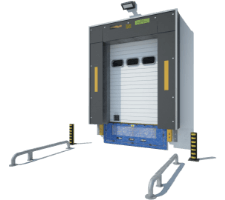
Storage
Cross Country Moving Company is the most trusted name in auto industry in the country.
Moving
Our mission is to bring high quality, long distance moving services to every customer.
Lifting and Loading the Lawn Mower
Use proper lifting techniques, such as bending your knees and keeping your back straight, to prevent strain or injuries. When mowers are heavy or bulky, consider using ramps or asking for assistance to load them into a vehicle safely.
Remember to consult your packing list to ensure you have any necessary tools or equipment for the lifting and loading process. By taking these precautions, you can safeguard yourself and the gardening tool from unnecessary risks.
Securing the Lawn Mower for Transport
Once the mower’s been loaded, securing it properly for transport is paramount. Utilize straps or tie-downs to keep the machine stable and prevent movement during transit. Pay attention to the mower’s weight distribution and ensure it is evenly balanced to avoid potential damage.
Here’s a fun fact: Did you know that securely fastening the mowers helps protect their delicate components and prevents unnecessary wear and tear? Taking the time to secure the gardening tool properly will provide peace of mind throughout the journey.
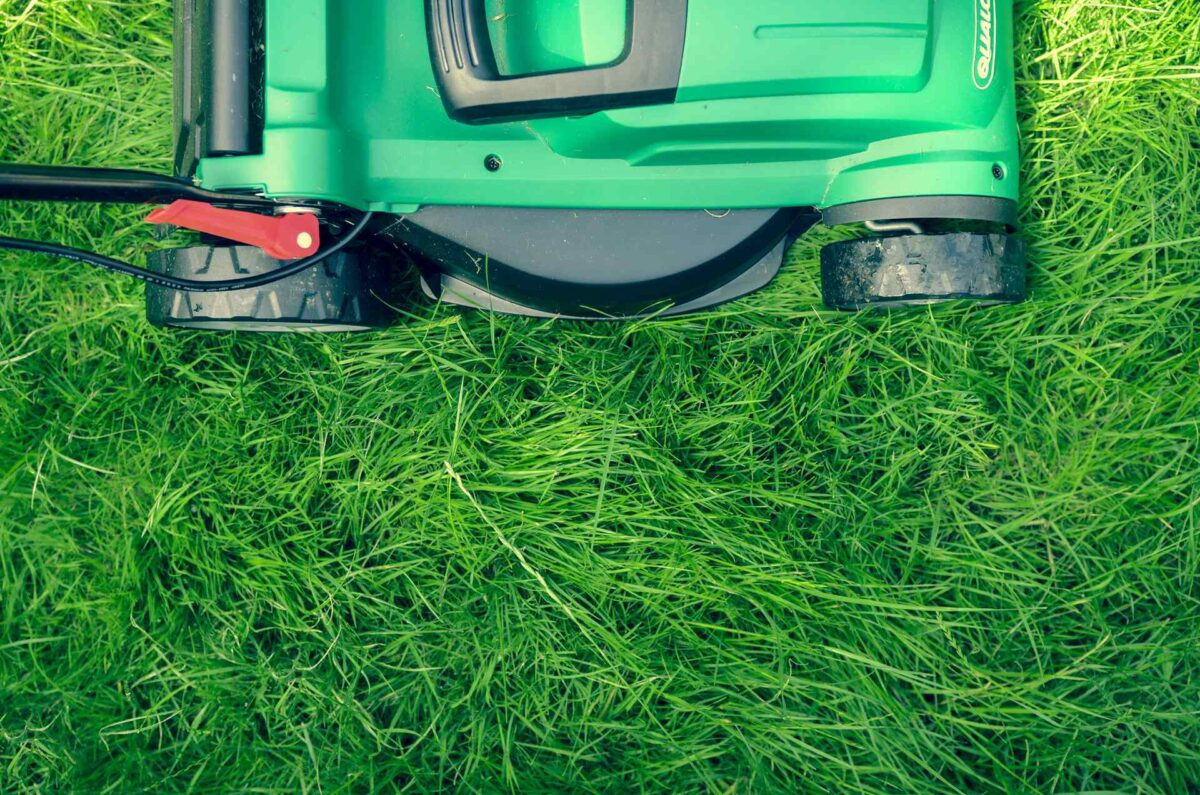

Unloading and Reassembling the Lawn Mower
After a successful relocation, the process of unloading and reassembling the grass-cutting tool is up next to get it back in action. Taking the necessary steps will ensure a smooth transition from transit to cutting grass once again.
Unloading the Lawn Mower
It’s important to proceed with caution to avoid any damage. Here are some precautions to keep in mind:
- Carefully remove any securing straps or tie-downs that were used during transportation.
- Use proper lifting techniques to prevent strain or injuries.
- Ensure a clear and level area to safely place the tool.
- Take your time and avoid rushing to minimize the risk of accidental bumps or drops.
- Inspect it for any signs of damage during the unloading process.
By following these precautions, you can protect the grass grooming tool and prevent any unnecessary mishaps during the unloading phase.
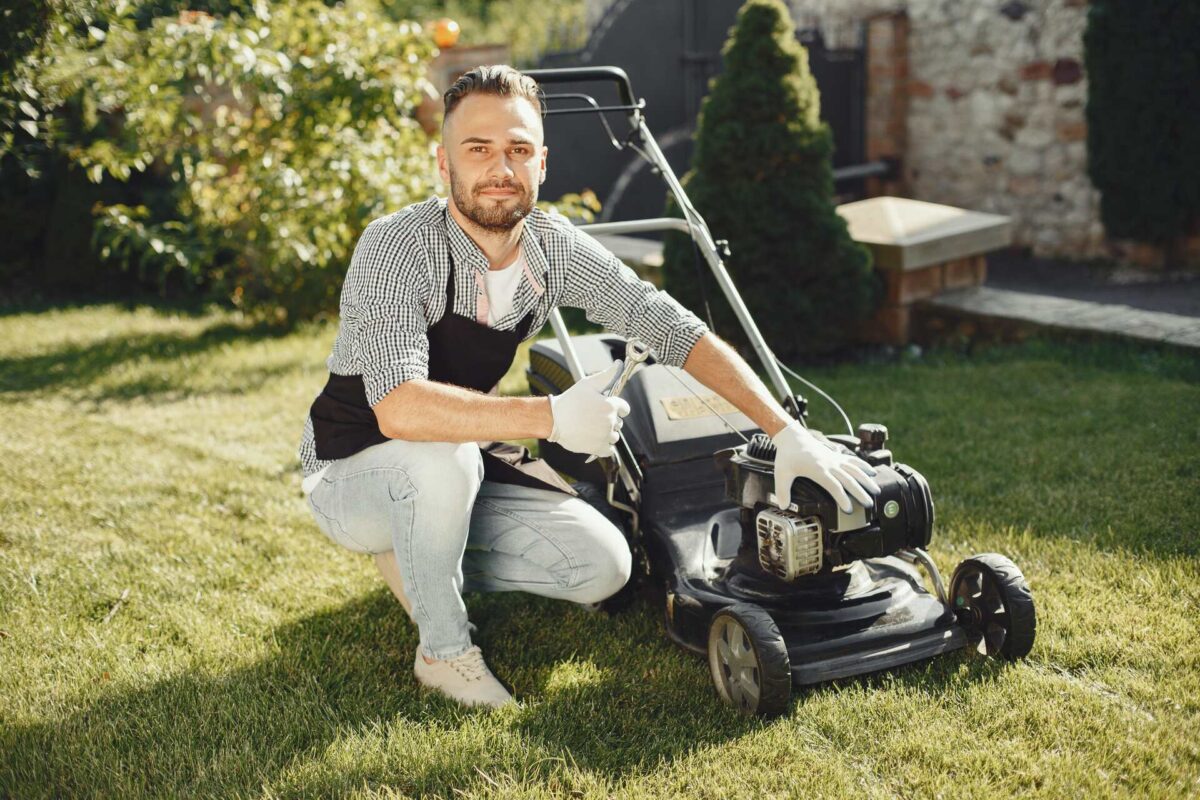

Reassembling the Lawn Mower
Once the grass grooming tool is unloaded, it’s time to reassemble and prepare it for use. Start by reattaching any detached parts, such as handles, wheels, or covers. Refer to the manufacturer’s instructions or documentation if needed.
Next, reinstall the fuel and oil that were drained before transportation. Ensure you use fresh, clean fuel and oil for optimal performance. As you unpack after the relocation, take the opportunity to give the mower a quick inspection.
Look for any loose connections or signs of wear and address them accordingly. By reassembling the machine and conducting a thorough check, you’ll have it ready to tackle your yard with ease once again.


Safely Moving Your Lawn Mower with Confidence
Congratulations on learning the ins and outs of safely relocating your beloved l mower! Now, armed with knowledge and a sprinkle of wit, you can confidently tackle any relocation.
When it comes to long-distance moves, investing in a reputable cross-country moving service can save you time, effort, and potential mower-related mishaps. They can offer everything from packing services to transportation, allowing you to sit back, relax, and watch as all your belongings arrive safely at their new home.
So, why stress over the logistics when you can leave it to the pros? Contact Cross Country Moving Company today, and let us handle the heavy lifting while you focus on planning your next grass-cutting triumph. Happy relocation, and may your grass always be greener on your side!
FAQ
Can I Transport a Lawn Mower With Fuel in It?
Transporting mowers with fuel in them can pose several risks. The jostling and vibrations during transit can cause fuel to slosh around and potentially leak, leading to fire hazards or environmental concerns. Additionally, the buildup of pressure in the fuel tank due to temperature changes during transportation can further increase the risk of leaks or fuel-related accidents.
To avoid these potential dangers, it is strongly recommended to drain the fuel tank before transporting your grass grooming tool. Begin by locating the fuel shutoff valve and turning it off to prevent fuel flow. Next, run the engine until it comes to a complete stop, ensuring that all fuel in the carburetor and fuel lines is used up. Finally, use a suitable container to drain any remaining fuel from the tank.
How Can I Prevent Damage to the Lawn Mower During Transportation?
To prevent damage during transportation, secure it properly using straps or tie-downs to keep it stable. Consider using padding or blankets to protect delicate parts from scratches or impacts. Additionally, drive cautiously, avoiding sudden movements or rough terrain.
What Should I Do if My Lawn Mower Won't Fit In My Vehicle?
If your mower doesn’t fit in your vehicle, you have a few options. You can try removing the handle or other detachable parts to make it fit. Alternatively, consider renting a larger vehicle or using a trailer specifically designed for transporting mowers.
Can I Transport an Electric Lawn Mower in the Same Way?
Transporting electric mowers follows similar principles to gas-powered mowers. However, since there is no fuel or oil involved, the main concern is securing mowers and protecting delicate parts during transit. Ensure the battery is disconnected and properly stored to avoid any electrical issues.
Are There Any Special Considerations for Transporting a Riding Lawn Mower?
Transporting riding mowers requires additional attention. It is essential to secure the mowers to prevent movement during transit. Consider using ramps or assistance to load and unload them safely. Ensure the blades are secured and delicate parts are protected.
How Should I Protect the Blades During Transportation?
To protect the blades during transportation, use zip ties or blade covers to secure them in place. This prevents accidental contact or damage to the blades. Additionally, consider padding the surrounding area to provide extra protection.
Should I Notify the Moving Company About Transporting My Lawn Mower?
It’s important to communicate with the relocation company about your intention to transport your lawn mower. Notifying the relocation company allows them to be aware of any special requirements or considerations needed for the safe transportation of your valuable equipment.
By informing the relocation company, they can provide you with valuable guidance and expertise. They may have specific instructions on how to prepare the mower for transport, such as removing detachable parts or securing the blades. They can also advise you on the best placement within the relocation vehicle or suggest additional protective measures to prevent any damage during transit.
Can I Transport My Lawn Mower on Its Side or Upside Down?
In general, it is not recommended to transport the machine on its side or upside down. Doing so can cause oil or fuel leakage, damage to internal components, or affect the mower’s performance. It is best to transport it in an upright position as recommended by the manufacturer.

